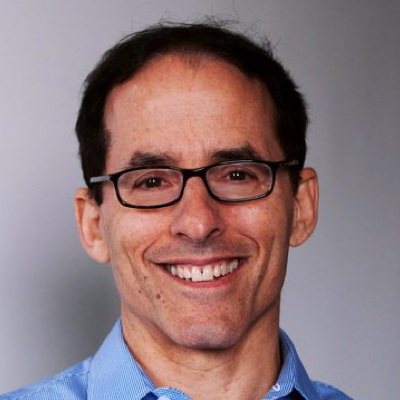December 16, 2009
Mark Weisbrot
Common Dreams, December 16, 2009
See orginal article post
At dawn on June 28, the Honduran military abducted President Manuel Zelaya at gunpoint and flew him out of the country. Conflicting and ambiguous statements from the Obama administration left many confused about whether it opposed this coup or was really trying to help it succeed. Here are the top ten indicators (with apologies to David Letterman):
10. The White House statement on the day of the coup did not condemn it, merely calling on “all political and social actors in Honduras” to respect democracy. Since U.S. officials have acknowledged that they were talking to the Honduran military right up to the day of the coup – allegedly to try and prevent it – they had time to think about what their immediate response would be if it happened.
9. The Organization of American States (OAS), the United Nations General Assembly, and other international bodies responded by calling for the “immediate and unconditional” return of President Zelaya. In the ensuing five months, no U.S. official would use either of those two words.
8. At a press conference the day after the coup, Secretary of State Clinton was asked if “restoring the constitutional order” in Honduras meant returning Zelaya himself. She would not say yes.
7. On July 24th, U.S. Secretary of State Hillary Clinton denounced President Zelaya’s attempt to return to his own country that week as “reckless,” adding that “We have consistently urged all parties to avoid any provocative action that could lead to violence.”
6. Most U.S. aid to Honduras comes from the Millennium Challenge Corporation (MCC), a U.S. government agency. The vast majority of this aid was never suspended. By contrast, on August 6, 2008, there was a military coup in Mauritania; MCC aid was suspended the next day. In Madagascar, the MCC announced the suspension of aid just three days after the military coup of March 17, 2009.
5. On September 28, State Department officials representing the United States blocked the OAS from adopting a resolution on Honduras that would have refused to recognize Honduran elections carried out under the dictatorship.
4. The United States government refused to officially determine that there was a “military coup,” in Honduras – in contrast to the view of rest of the hemisphere and the world.
3. The Obama administration defied the rest of the hemisphere and the world by supporting undemocratic elections in Honduras.
On October 30th, U.S. government representatives including Thomas Shannon, the top U.S. State Department official for Latin America, brokered an accord between President Zelaya and the coup regime. The agreement was seen throughout the region as providing for Zelaya’s restitution, and – according to diplomats close to the negotiations – both Shannon and Secretary of State Hillary Clinton gave assurances that this was true.
Yet just four days later, Mr. Shannon stated in a TV interview that the United States would recognize the November 29 elections, regardless of whether or not Zelaya were restored to the presidency. This put the United States against all of Latin America, which issued a 23-nation statement two days later saying that Zelaya’s restitution was an “indispensable prerequisite” for recognizing the elections. The Obama administration has since been able to recruit the right-wing governments of Canada, Panama, and Colombia, and also Peru, to recognize the elections. But its support for these undemocratic elections – to which the OAS, European Union, and the Carter Center all refused to send observers – has left the Obama administration as isolated as its predecessor in the hemisphere.
2. President Zelaya visited Washington six times after he was overthrown. Yet President Obama has never once met with him. Is it possible that President Obama did not have even five minutes in all of those days just to shake his hand and say, “I’m trying to help?”
1. The Obama administration has never condemned the massive human rights violations committed by the coup regime. These have been denounced and documented by Human Rights Watch, Amnesty International, the OAS Inter-American Commission on Human Rights (IACHR), as well as Honduran, European, and other human rights organizations. There have been thousands of illegal arrests, beatings and torture by police and military, the closing down of independent radio and TV stations, and even some killings of peaceful demonstrators and opposition activists.
These human rights violations have continued right through election day, according to Amnesty International and media reports, and beyond, including the killings of two activists opposed to the coup – Walter Trochez and Santos Corrales García – in recent days.
The United States government’s silence through more than five months of these human rights crimes has been the most damning and persistent evidence that it has always been more concerned about protecting the dictatorship, rather than restoring democracy in Honduras.
The majority of American voters elected President Obama on a promise that our foreign policy would change. For this hemisphere, at least, that promise has been broken.
The headline from the latest Time Magazine report on Honduras summed it up: “Obama’s Latin America Policy Looks Like Bush’s.”
Mark Weisbrot is co-director of the Center for Economic and Policy Research, in Washington, D.C. He received his Ph.D. in economics from the University of Michigan. He is co-author, with Dean Baker, of Social Security: The Phony Crisis (University of Chicago Press, 2000), and has written numerous research papers on economic policy. He is also president of Just Foreign Policy.






